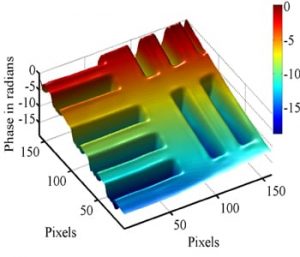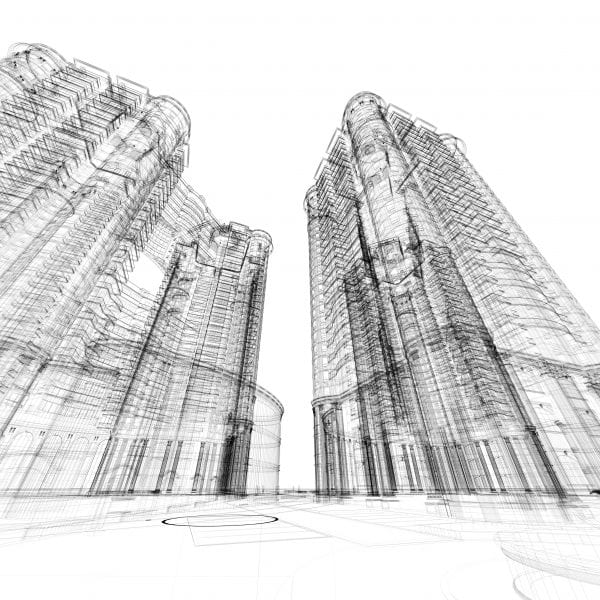Digital holography uses charge-coupled devices or complementary metal oxide semiconductor devices to replace traditional films for hologram recording. This allows numerical three-dimensional (3D) image reconstruction of an object by image processing techniques.
In order to obtain a true 3D image which characterizes the original object profile, the object phase information has to be exactly obtained by unwrapping calculation for the reconstructed object phase. In addition, the use of a laser as the light source to record the hologram will introduce intrinsic speckle influence to phase unwrapping of the object. Hence, the speckle noise suppression and phase unwrapping have to be considered together to achieve object image reconstruction in digital holography. This is the core problem for digital holographic application which has not been solved well so far. 
In a recently published article in Annalen der Physik, researchers from Prof. Jian Wu’s group (Beihang University, China) describe an innovate approach to absolute phase unwrapping and speckle noise suppression in digital holography.
This method improves existing phase unwrapping technique based on the magnitude-sorted list and multi-clustering to obtain more details of the phase map in the unwrapping process. Based on this approach, the threshold determination procedure of the windowed Fourier spectrum in the traditional windowed Fourier filtering approach is no longer needed. All the phase unwrapping and speckle noise suppression processes are completed in the complex amplitude domain. The new method obtains the nearly perfect 3D phase map of the object.
This research achievement is a significant breakthrough in digital holography since it will speed up the transition of digital holography from laboratory into industrial applications.
Text is kindly provided by Prof. Dr. Jian Wu and edited by Ekaterina Perets.

















